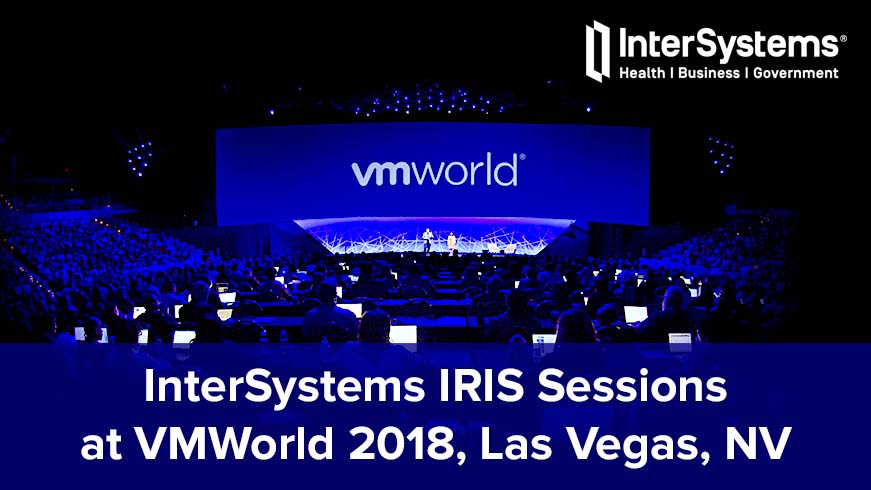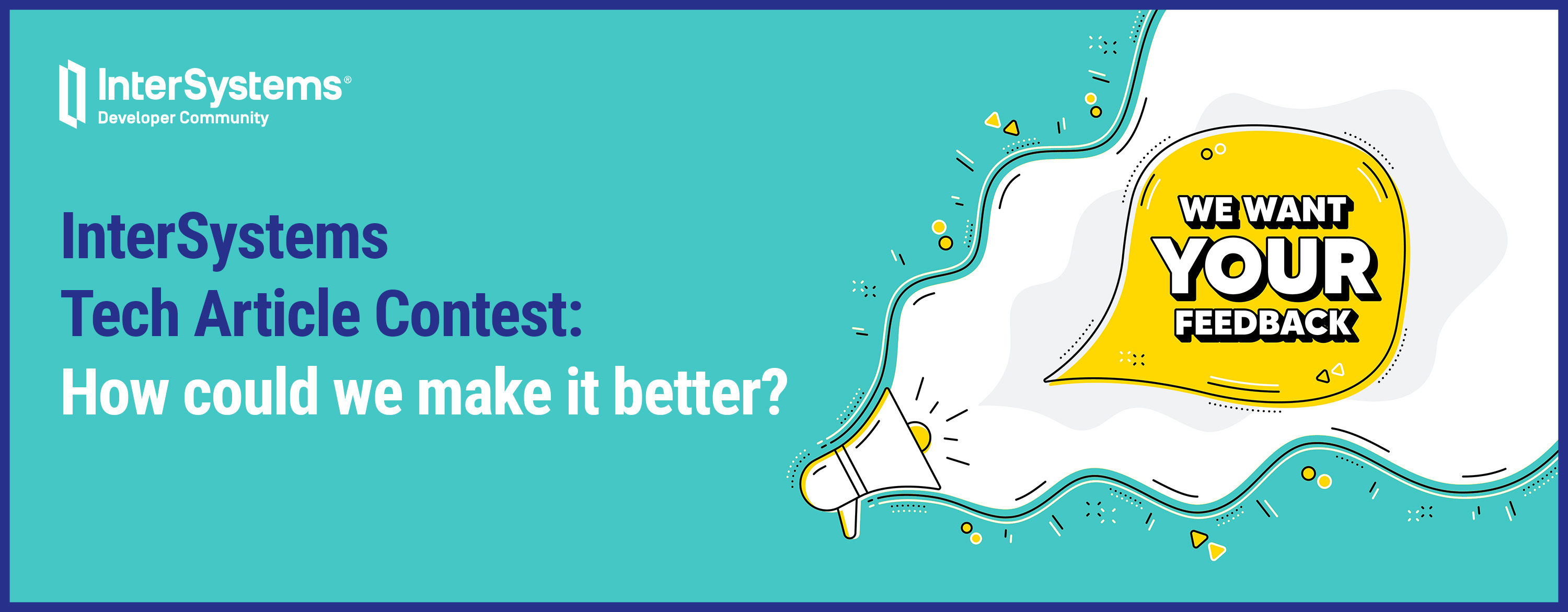Hi Community!
New Badges're already on Global Masters Advocacy Hub!
We're happy to announce that this year we again introduced three annual badges on Global Masters Advocacy Hub to let you remember how much you contributed to Developer Community in 2018. Here they are:
✔ DC Best-Selling Author 2018
✔ DC Expert 2018
✔ DC Opinion Leader 2018

Let's take a closer look at the DC Wall of Fame 2018 and greet everyone with big applause!





.png)
.png)
